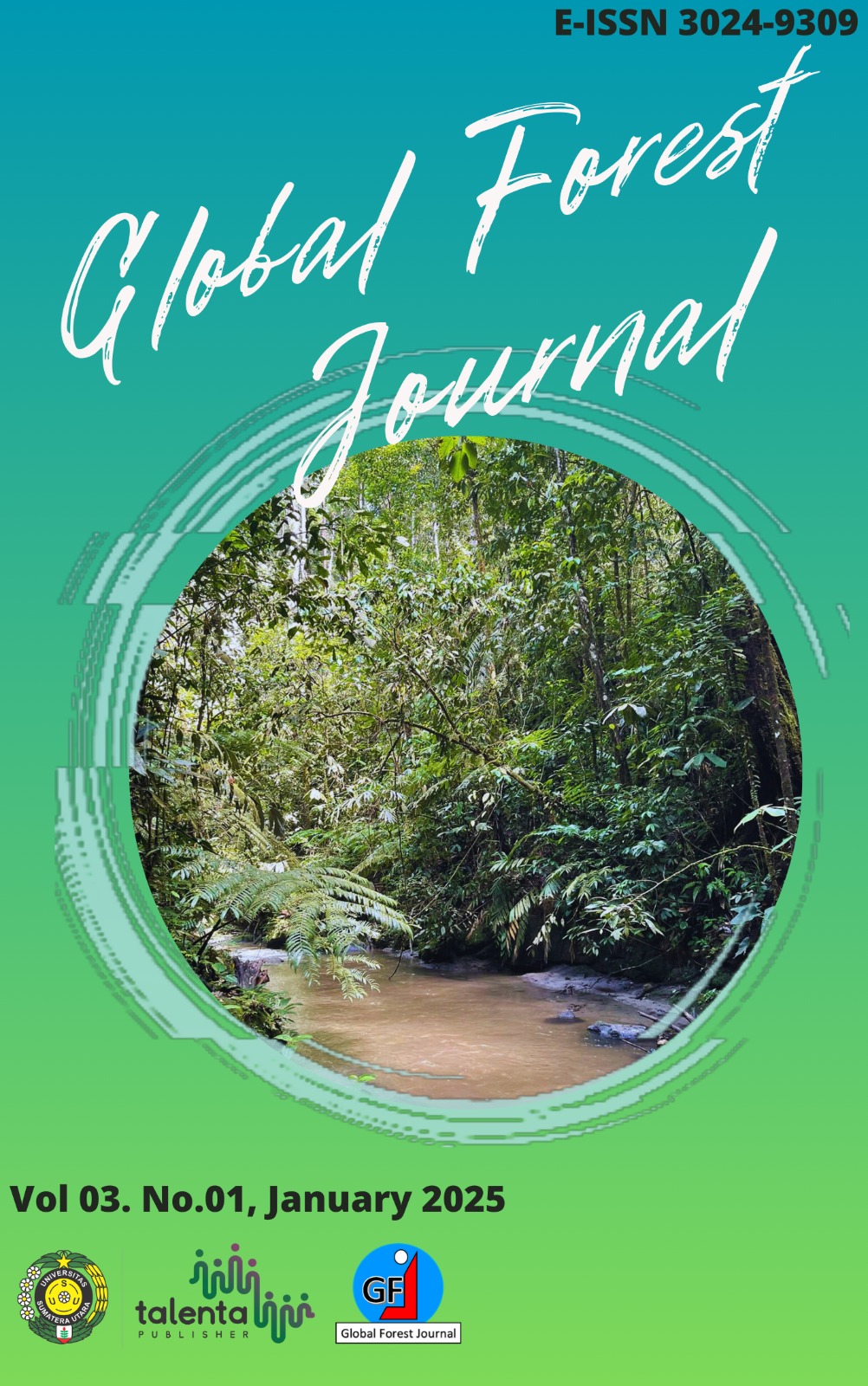Wood cascading: a brief review on principles, impacts and limitations
DOI:
https://doi.org/10.32734/gfj.v3i01.19414Keywords:
Cascading, Circular Economy, Environmental Impacts, Resource EfficiencyAbstract
Cascading is a principle that enhances resource efficiency by utilizing wastes and
recycled materials to maximize total biomass availability within a specific system.
It adheres to the principles of a circular economy by minimizing waste and
mitigating the environmental effects of wood-based composites. The cascading of
wood is a method that prioritizes sequential and multiple utilizations of wood to
optimize its lifecycle prior to final disposal or energy recovery. This brief review
examines the basics of wood cascading and its advantages for enhancing resource
efficiency, diminishing environmental impact, and advancing circular economy
objectives by reducing waste and maximizing material value. This brief review
clearly delineates the limitations and issues encountered by wood cascading. The
future of wood cascade presents significant opportunities for enhancing resource
efficiency and reducing environmental impacts.
Downloads
Downloads
Published
Issue
Section
License
Copyright (c) 2025 Global Forest Journal

This work is licensed under a Creative Commons Attribution-ShareAlike 4.0 International License.









